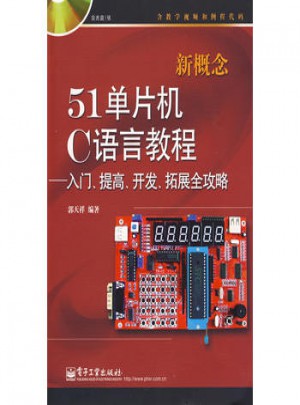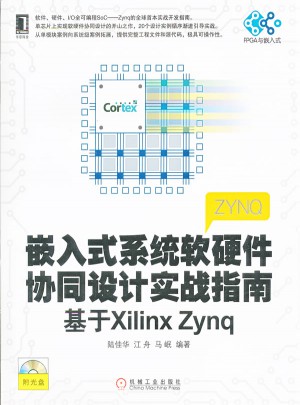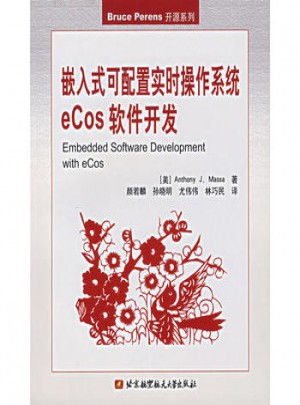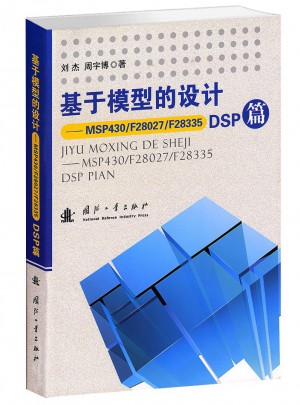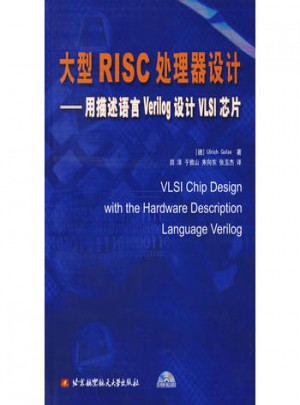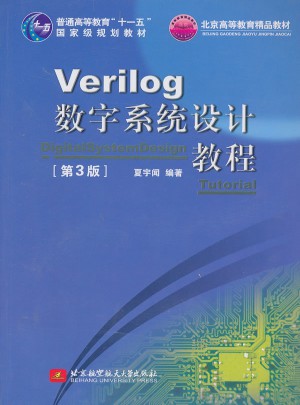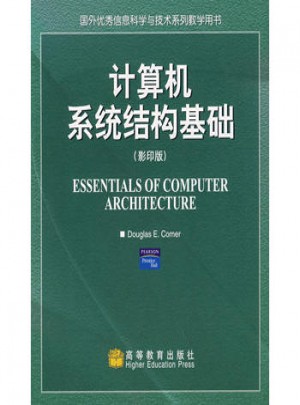
計算機系統(tǒng)結構基礎(影印版)
- 所屬分類:圖書 >計算機/網(wǎng)絡>計算機體系結構
- 作者:(美)科默(Comer,D.E.)
- 產品參數(shù):
- 叢書名:--
- 國際刊號:9787040178166
- 出版社:高等教育出版社
- 出版時間:2005-12
- 印刷時間:2005-12-01
- 版次:1
- 開本:16開
- 頁數(shù):999999999
- 紙張:膠版紙
- 包裝:平裝-膠訂
- 套裝:否

本書主要分為五個部分。第1部分講述數(shù)字邏輯、邏輯門和數(shù)據(jù)表示的基礎知識,重點是數(shù)據(jù)表示這一章,這是因為二進制補碼運算和整數(shù)值域的概念是編程的基礎。第Ⅱ、第Ⅲ和第Ⅳ部分分別介紹體系結構的三個基本組件:處理器、存儲器和I/0系統(tǒng)。各章都為學生提供了充足的背景知識,以便理解系統(tǒng)操作機制及其對于程序員的意義。,第V部分討論了一些高級論題,例如并行處理、流水線技術以及性能。本書為全英文版。
Douglas Comer博士在計算機系統(tǒng)領域有著廣泛的知識背景,而且一直從事著軟件和硬件的教學與研究工作。Comer在軟件方面的研究工作橫跨計算機系統(tǒng)的各個領域,包括編譯器和操作系統(tǒng)。他構建過一個完整的操作系統(tǒng),包括進程管理器、內存管理器以及串行接口和并行接口的設備
Preface
Chapter I Introduction And Overview
1.1 The Importance Of Architecture
1.2 Learning The Essentials
1.3 Organization Of The Text
1.4 What We Will Omit
1.5 Terminology: Architecture And Design
1.6 Summary
PART 1 Basics
Chapter 2 Fundamentals Of Digital Logic
2.1 Introduction
2.2 Electrical Terminology: Voltage And Current
2.3 The Transistor
2.4 Logic Gates
2.5 Symbols Used For Gates
2.6 Construction Of Gates From Transistors
2.7 Example lnterconnection Of Gates
2.8 Multiple Gates Per Integrated Circuit
2.9 The Need For More Than Combinatorial Circuits
2.10 Circuits That Maintain State
2.11 Transition Diagrams
2.12 Binary Counters
2.13 Clocks And Sequences
2.14 The Important Concept Of Feedback
2.15 Starting A Sequence
2.16 Iteration In Software Vs. Replication In Hardware
2.17 Gate And Chip Minimization
2.18 Using Spare Gates
2.19 Power Distribution And Heat Dissipation
2.20 Timing
2.21 Physical Size And Process Technologies
2.22 Circuit Boards And Layers
2.23 Levels Of Abstraction
2.24 Summary
Chapter 3 Data And Program Representation
3.1 Introduction
3.2 Digital Logic And Abstraction
3.3 Bits And Bytes
3.4 Byte Size And Possible Values
3.5 Binary Arithmetic
3.6 Hexadecimal Notation
3.7 Notation For Hexadecimal And Binary Constants
3.8 Character Sets
3.9 Unicode
3.10 Unsigned Integers, Overflow, And Underflow
3.11 Numbering Bits And Bytes
3.12 Signed Integers
3.13 An Example Of Two's Complement Numbers
3.14 Sign Extension
3.15 Floating Point
3.16 Special Values
3.17 Range Of lEEE Floating Point Values
3.18 Data Aggregates
3.19 Program Representation
3.20 Summary
PART 2 Processors
PART 3 Memories
